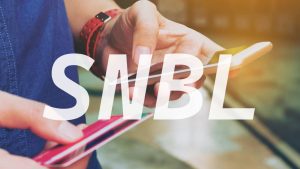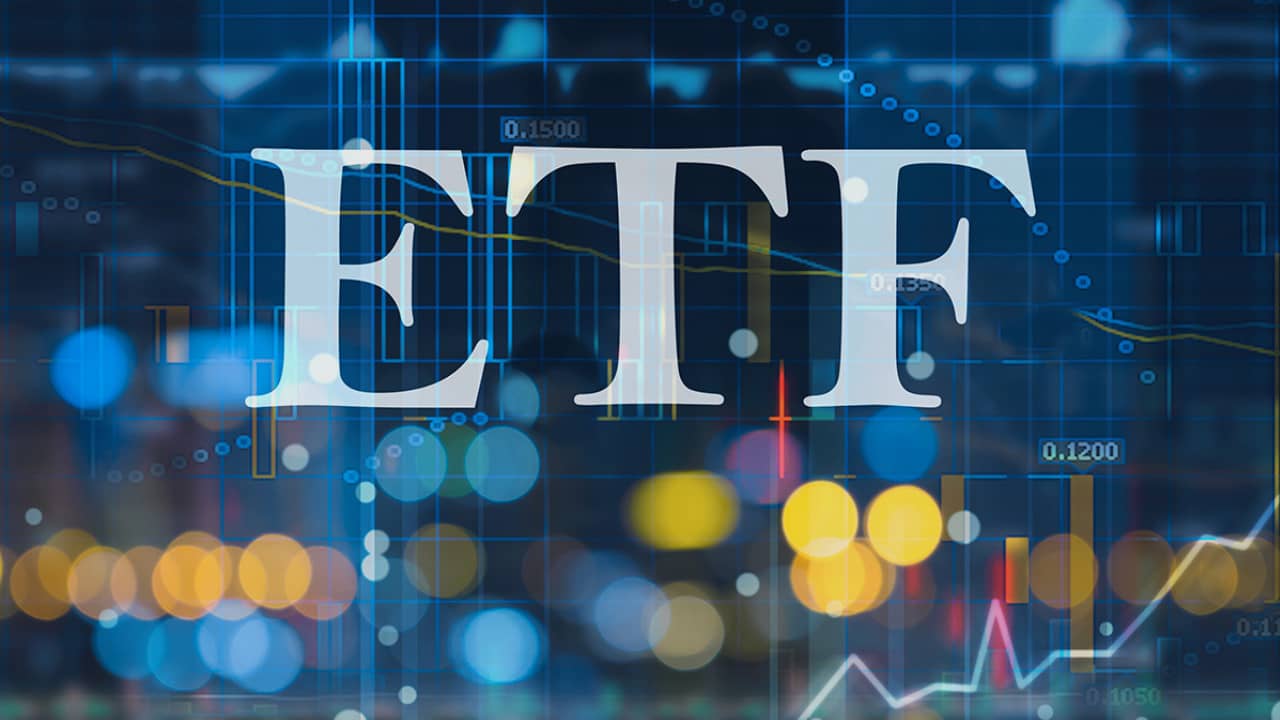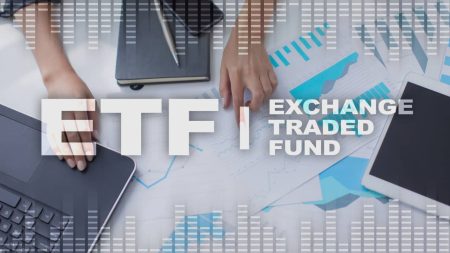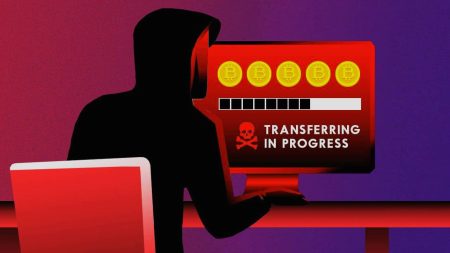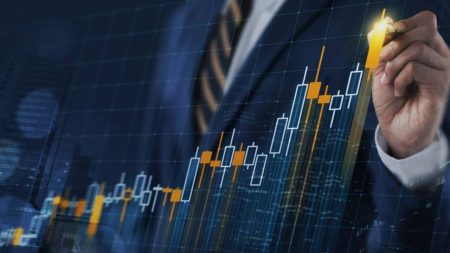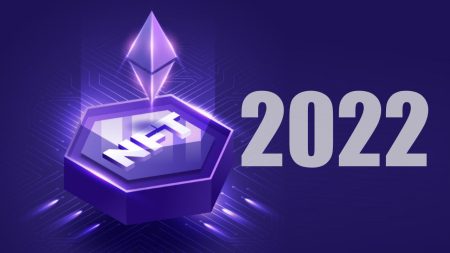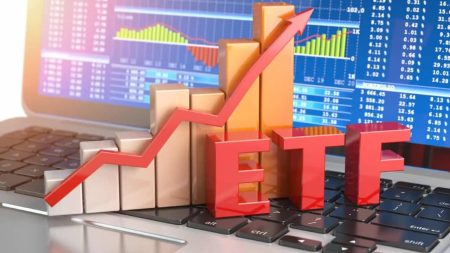The investment world is in full swing and is constantly innovating. It would therefore be wise to know the latest trend of the moment: the ETF. Let’s take a closer look at all the essentials about ETFs and the steps to take to get one.
Sommaire :
The essentials to know about ETFs
Definition of an ETF
ETF is an abbreviated term in English and stands for Exchange Traded Fund.
Here are the important points to remember:
- the ETF is a fund listed on the stock exchange: it represents an investment fund with some differences;
- the ETF can be bought like a share;
- the ETF can be sold like a stock;
- the ETF only replicates a stock market index: it follows the evolution of a stock market index, up and down, as closely as possible.
- Types of ETFs
It is also interesting to know that there are several types of ETFs on the stock market, namely:
- ETFs on market indices ;
- ETFs on shares ;
- ETFs on strategy indices;
- ETFs with the possibility of leverage;
- Bond ETFs;
- sector or industry ETFs;
- geographic ETFs;
- money market ETFs;
- Commodity ETFs
- real estate ETFs;
- Active management ETFs;
- factor ETFs;
- inverse ETFs.
In addition, it is interesting to note that it is possible to mix the different types of ETFs for a winning strategy.
Fees to know about the ETF
Here is the list of fees you will have to pay when investing in ETFs:
- management fees ;
- brokerage fees;
- custody fees.
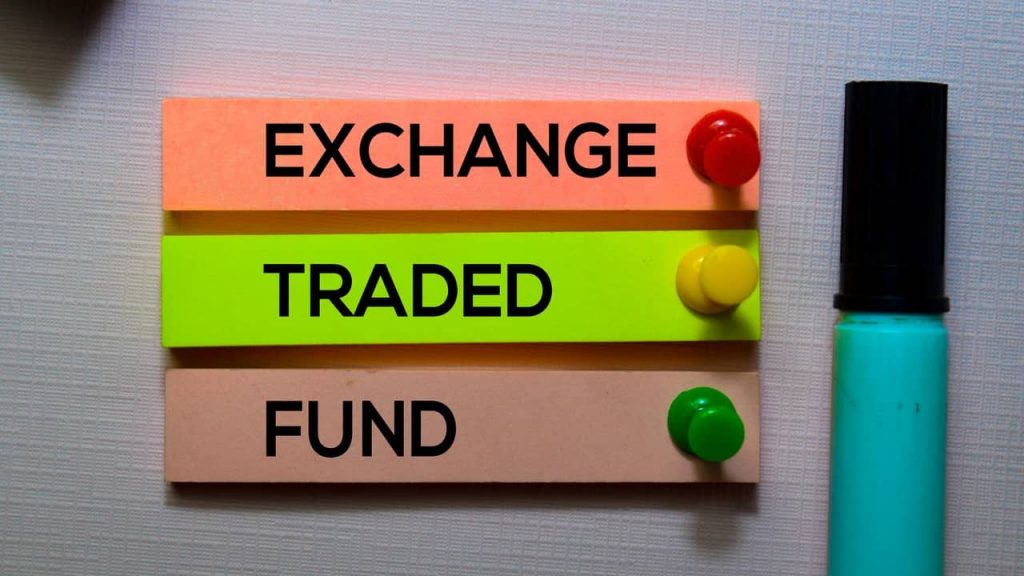
The advantages of turning to ETFs
Many investors and savers have already been seduced by the ETF concept. This trend is not surprising since ETFs offer several advantages:
- an opportunity to manage one’s portfolio thanks to the wide variety of ETFs on the market;
- a diversified investment;
- a performing investment thanks to lower fees;
- a less volatile investment;
- possibility to invest in many stocks;
- a management fee up to 10 times cheaper than for a traditional investment fund;
- a transparent investment as the investment is made in the companies of the reference index;
- easy and quick resale.
Who can invest in an ETF?
In general, anyone can buy and invest in the ETF. However, it is advisable that you are already a professional in the world of investment and that you have a seasoned knowledge of the financial and stock market. Indeed, the ETF universe requires slightly more sophisticated investment strategies compared to other investments.
5 Things To Know Before Buying An ETF
Steps to follow to buy an ETF
If you want to invest in an ETF, follow the guide:
- open a custody account giving you access to the ETF world;
- you can buy your ETFs through the following means: a regular securities account, a PEA, a life insurance, a PER, an online broker ;
- choose and select the ETF you wish to invest in.
- What you need to know before investing in an ETF
Here are some recommendations and tips when you want to embark on the great ETF adventure:
- understand what you are buying;
- your investment in ETFs must be in line with your savings objectives;
- the investment must be relevant to your current risks and opportunities;
- be careful about the various risks linked to ETF investments, especially about index declines, but also about the lack of liquidity on specific ETFs;
- make sure you invest in an ETF that is approved by the AMF.
What is the difference between an ETF and an index fund?
Many people who want to invest in ETFs wonder what the differences are between ETFs and index funds. First of all, the Exchange Traded Fund is listed on the stock exchange while the index fund is not. Moreover, while the ETF can be bought and sold like a stock during the opening hours of the stock exchange, the price of the index fund can only be decided through a bank or a fund promoter and the same applies to its transaction. Furthermore, the price of the ETF is negotiated between the buyer and the seller.
ALSO SEE: The Importance of Interest Rates for Forex Traders


